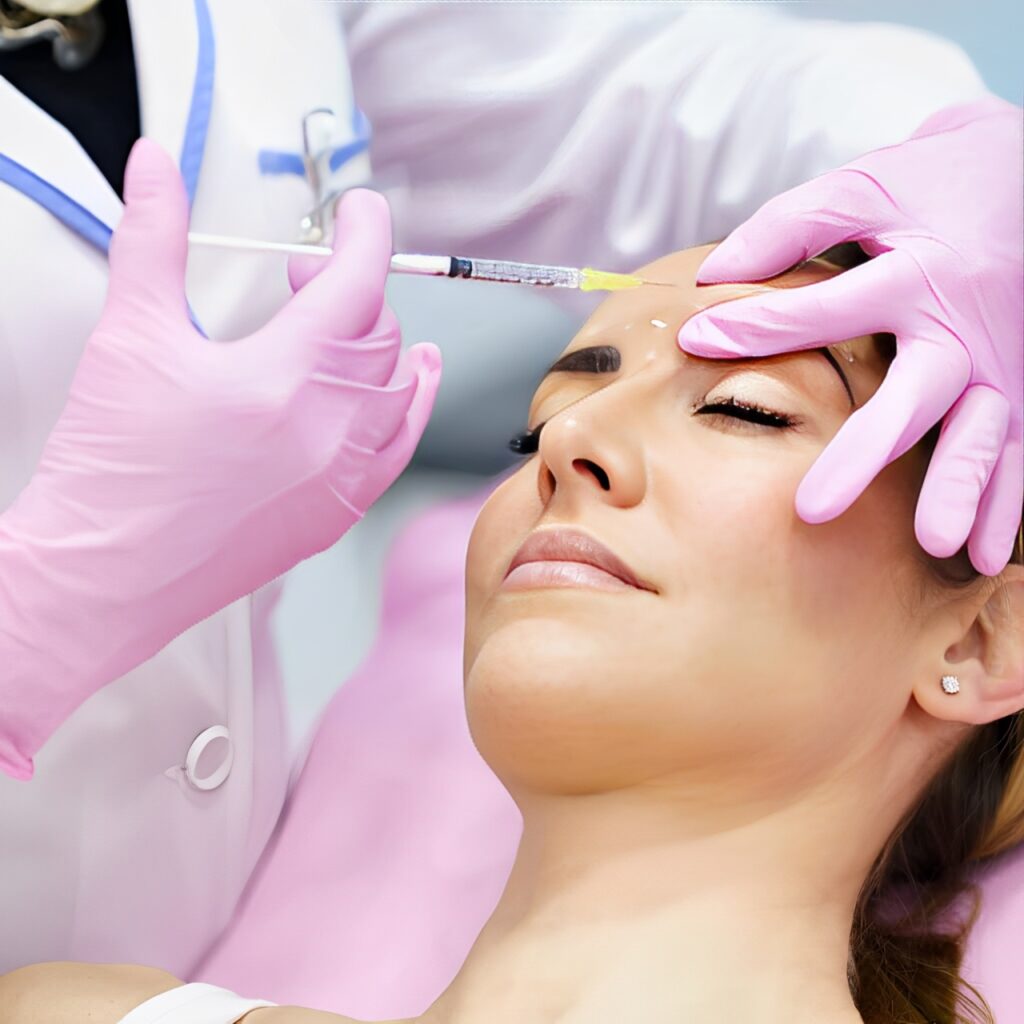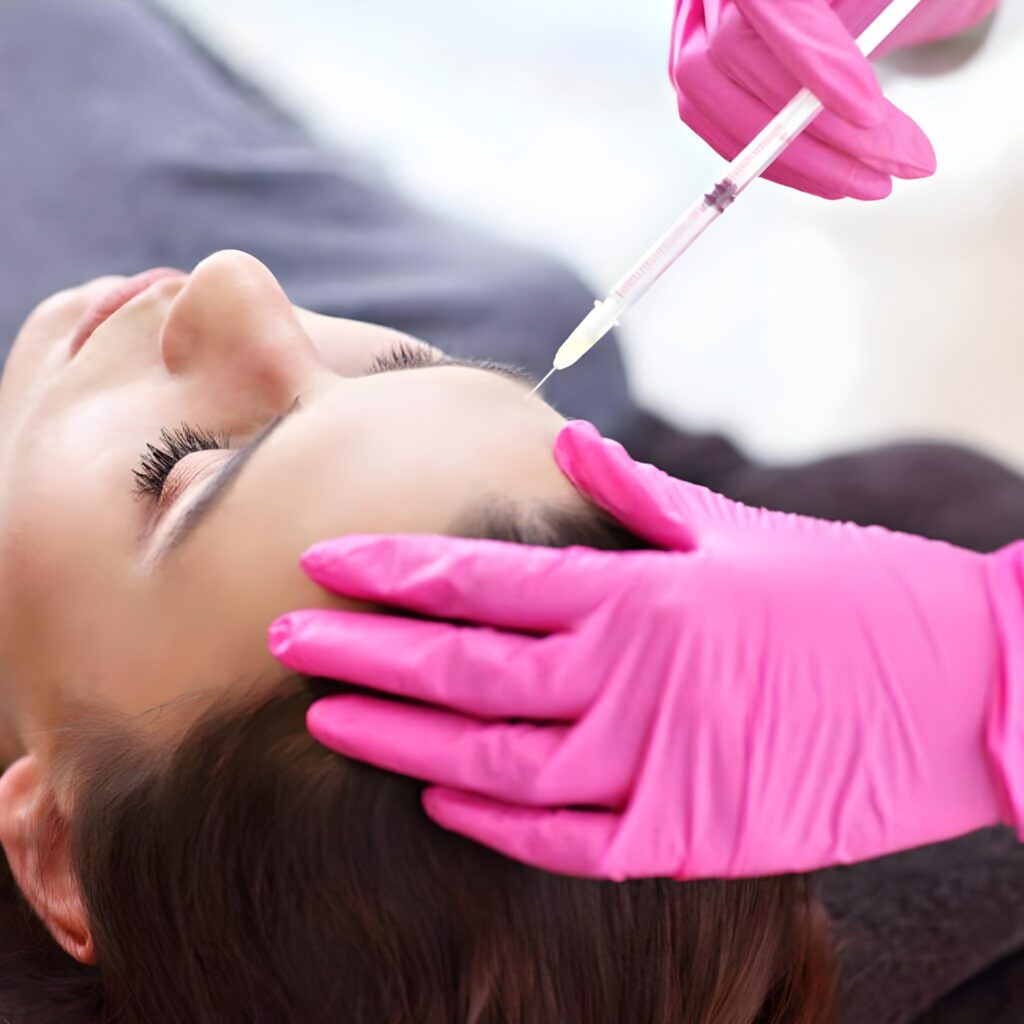How do they compare?
What are tox injectables?
Botox and Dysport are both botulinum toxin substance injections generally used to deal with and prevent wrinkles. Botox is produced by Allergan, and Dysport is produced by Ipsen. Dysport and Botox are typically used to reduce the look of fine lines and wrinkles on the face and forehead. While they both have medical uses, they’re most popular as injectable cosmetic treatments. Both are kinds of neurotoxins that inhibit muscle contraction. These treatments have been popularized for decreasing the appearance of glabellar lines, which are the lines between your eyebrows that extend vertically, upward and or towards the forehead, which are quite obvious when someone frowns.
Why are botox and dysport so popular in treating facial wrinkles?
Botox and Dysport are similar in that they both are used to reduce the appearance of wrinkles. Botox and Dysport are both purified botulinum toxins. The main ingredient in these medications are clostridium botulinum neurotoxins A and B. The time after injection varies for each medication, so it is important to consider how long it will take for the results to be visible. Both Botox and Dysport have been FDA cleared for cosmetic use in 1996 when these medications were first released into the market.

How do Botox and Dysport differ from each other?
The outcomes of Botox normally take around a week to appear, but both injectables expose their peak outcomes at around 2 weeks. A single unit of Botox has about 3 times the effectiveness of a single unit of Dysport. This does not suggest that Botox works better, but rather that more Dysport is required to attain the exact same effect. As a trade-off, the cost of a unit of Dysport is less than that of a Botox unit, so you’ll spend about the same quantity of cash to accomplish similar results. Interesting facts include:
Dysport and Botox share many resemblances, there might be one that might suit you more than the other. Both Dysport and Botox injections are intended for healthy grownups, 18 or over, with moderate to serious facial lines. During the consultation, our medical director, Dr. James Kojian, will ask for your medical history and ask you some questions to identify if you’re a good candidate for this type of injection. Botox is often used for treatments including:

The typical cost of both of these injections is $200 a session. On average, Dysport tends to be more economical than Botox, and insurance will not cover these cosmetic injections. Dysport nationally tends to cost about $250 a session. Botox injections tend to be more costly at about $350 per session nationally. Your medical professional may charge you based on the units per injections. This rate can also vary depending on where you live. There are also some clinics that provide subscription programs that have a yearly charge and offer discounted rates for each unit of Botox or Dysport.
Both Botox and Dysport generally last between 3 to 4 months, though individual results can vary depending on factors like metabolism, area treated, and dosage used. Some people may notice a gradual return of muscle movement after two months, while others enjoy smooth results for up to five months. Typically, maintenance treatments are recommended every 3–4 months for sustained results.
Most patients report that Botox and Dysport injections are only mildly uncomfortable, often described as a small pinch or sting. The needles used are very fine, and the procedure is quick—usually completed in under 15 minutes. Some providers offer topical numbing cream or ice before treatment to further reduce discomfort.
After receiving injections, you can resume most daily activities immediately. Common side effects include mild redness, swelling, or bruising at the injection sites, which typically resolve within a day or two. Patients are advised to avoid strenuous exercise, lying down flat, or massaging the treated area for 4-6 hours after the procedure to prevent the neurotoxin from migrating.
Yes, both injectables have FDA-approved medical uses beyond cosmetics. These include treatment for:
- Chronic migraines
- Cervical dystonia (neck muscle spasms)
- Overactive bladder
- Strabismus (crossed eyes)
- Blepharospasm (eyelid twitching)
- Hyperhidrosis (excessive sweating)
These therapeutic uses typically require higher doses and are administered by specialists.
In general, long-term use is considered safe when administered by a licensed and experienced medical professional. However, repeated and frequent use may cause the body to develop antibodies to the neurotoxin, reducing effectiveness over time. In rare cases, muscle weakening or asymmetry can occur. This is why it’s crucial to space treatments properly and have a detailed consultation with your provider.